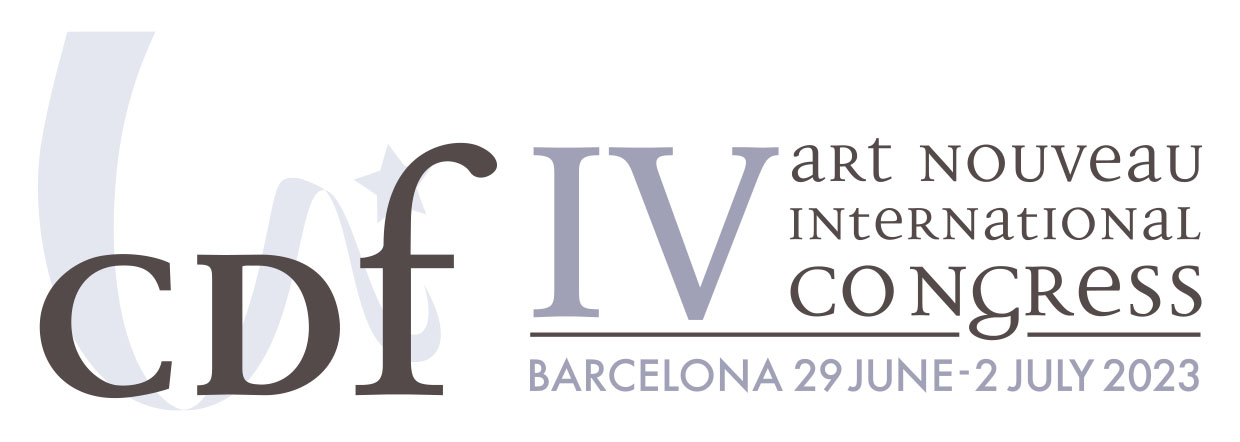
To commemorate the centenary of the founding of the Bauhaus, the Institut Mathildenhöhe is presenting the exhibition that will shed light on the importance of the Bauhaus and post-World War II architecture. The exhibition in 1901 by the Darmstadt Artists' Colony was the very first permanent exhibition of modern architecture in the world and it has influenced many exhibitions and urban planning projects ever since. It was mainly the colony members Joseph Maria Olbrich and Peter Behrens who presented new ideas in Darmstadt through their future-oriented architecture and holistic design and these were further developed by the Werkbund, which both of them co-founded, and ultimately by the Bauhaus. It is no coincidence that Bauhaus directors Walter Gropius and Ludwig Mies van der Rohe both worked in the studio of Peter Behrens very early in their careers and witnessed how the architect fused handicraft, creative design and large-scale manufacturing. After 1945, the heritage of the Darmstadt Artist's Colony inspired the war-torn city to rebuild itself as a centre of modern architecture and design and these endeavours led to the construction of several "Meisterbauten" (Masterful Architectonic Creations) designed by such renowned architects as Max Taut, Otto Bartning and Ernst Neufert.













 Ukiyo-e, Tokyo, 2018 © UKIYO-E PROJECT"/>
Ukiyo-e, Tokyo, 2018 © UKIYO-E PROJECT"/>



